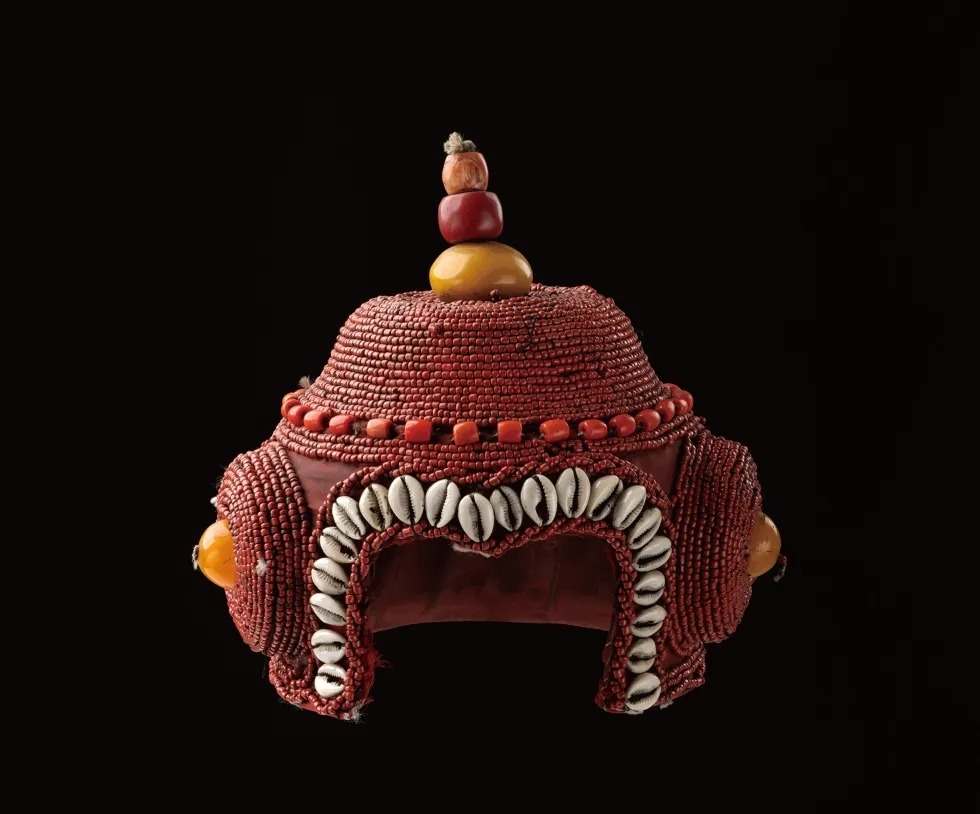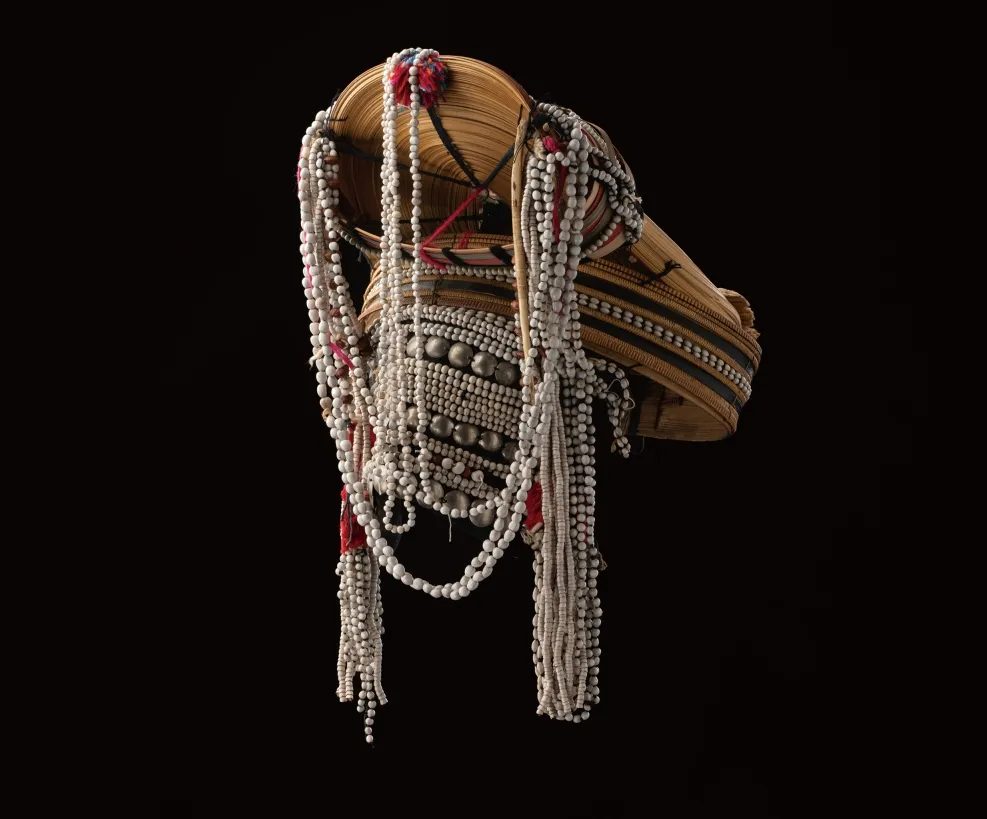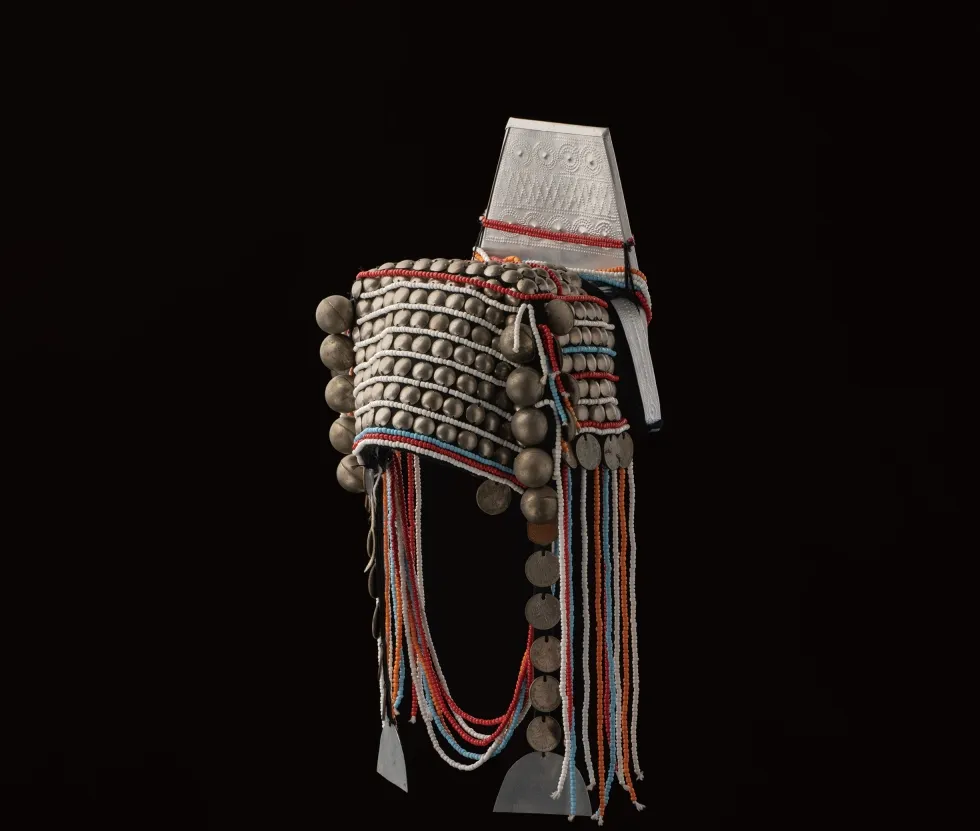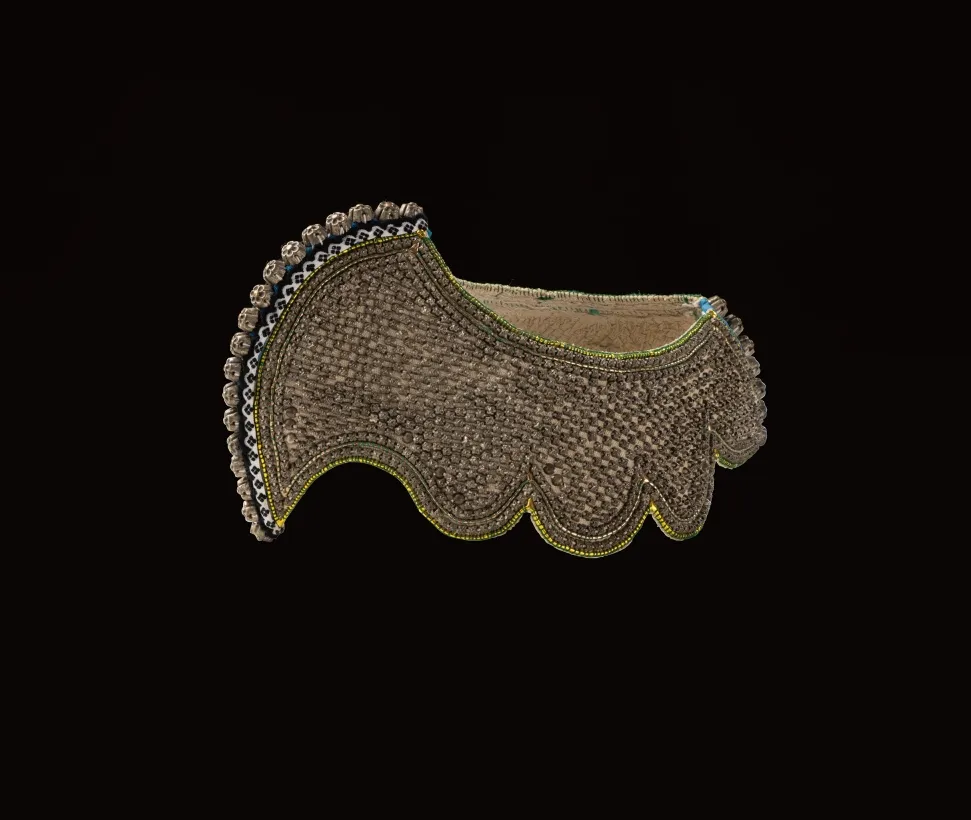Ethnic folk hats refer to headwear with unique
cultural characteristics found in different ethnic
groups and regions. These hats are typically
made with local materials and craftsmanship,
showcasing strong ethnic flavors and local char-
acteristics. They serve as symbols of identity and
traditional culture for the local residents. Ethnic
headwear from around the world possesses
unique features and cultural significance. For
example, the most distinctive one is the Native
American headdress, representing indigenous
peoples of the Americas. It is usually made of
feathers from large birds such as eagles, pea-
cocks, or phoenixes, and carries a mysterious
and sacred symbolic meaning. In Native Ameri-
can culture, feather headdresses are also often
used as symbols of warriors or leaders.'

In terms of materials, wool is a common mate- rial used for many ethnic hats in cold northern regions. It is soft, warm, and has good breathability. Most of the hats worn by the Mongolian ethnic group are made of wool, which helps withstand severe cold weather. Silk is also a common material used in tradi- tional Chinese hats. It has a shiny, soft, and comfortable texture. For example, hats worn by the Han ethnic group often use silk to make the hat surface and hat band.

Straw weaving is a common material used for many African and South American ethnic hats. They use local natural materials such as bamboo and palm leaves, which are woven into hats. This material is lightweight, breath- able, and suitable for hot climates. Leather is a common material used for some indigenous hats in Northern Europe and North America. It is durable, waterproof, and suitable for harsh weather conditions. Beads are a common dec- orative material used in some African and Native American ethnic hats. They are embroi- dered or woven using various colored beads, creating rich and vibrant patterns and motifs.

Ethnic folk hats have the characteristic of being handmade using traditional crafting tech- niques. These techniques may include embroi- dery, weaving, braiding, or knitting. Hand stitching adds a unique texture and appear- ance to the hats.
Hand Embroidery: Some folk hats are adorned with intricate hand embroidery, using tradi- tional techniques such as cross-stitch or embroidery stitches. Hand embroidery adds an artistic and ornate touch to the hats.
Hand Weaving: Many folk hats are made using hand weaving techniques, using natural mate- rials such as grass, bamboo, or vines to create the shape and structure of the hat. Hand weav- ing gives the hats a lightweight and breathable quality, showcasing unique weaving styles.
Hand Dyeing: Folk hats are often dyed using natural dyes, requiring craftsmanship and skill in the dyeing process. Hand dyeing adds rich and vibrant colors to the hats while preserving the natural texture of the materials.

In addition to the mentioned material tech- niques, there are many other distinctive mate- rials used in the making of ethnic hats, such as feathers, bone ornaments, and metal decora- tions. The use of these materials gives ethnic hats a unique style and cultural significance, showcasing the rich and diverse traditional cultures and creativity of different ethnic groups. Overall, ethnic hats from around the world carry unique cultural meanings and artistic values. They are an important part of respective ethnic cultures and a significant representation of human cultural diversity.